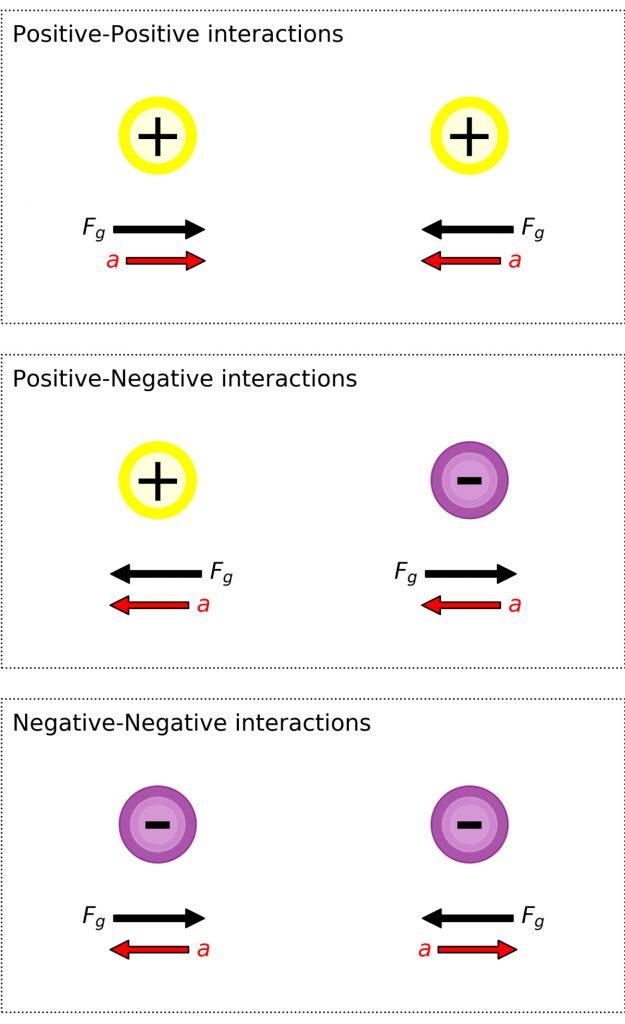Here’s the skinny of it. We all know that one person who can walk into any setting, from neon-colored house parties to fancy cocktail dinners, and wow the guests with tantalizing conversations concerning the existential conundrum of the platonist theory of forms and the ways in which the human psyche…Yeah, that person. It’s always fun to be that character. “Hey Shelly, how’s it hang–” “Did you know that the theory of negative mass says that you could easily send a baseball through the Earth to China?” “No Shelly. I did not know that. And I’m not sure why I–” Well guess what, you’re about to embark on a ridiculously brief journey to understanding how Shelly, while lacking some conversational bridging skills, is possibly correct. That’s right! In this month’s The Cosmic Mariner, we’re going to become amateur cosmologists. No… Cos-molo-gy not cos-me-tolo-gy. The universe is already beautiful!
To start our trek into this truly wacky field, three things must be understood. First, the universe is made up of Matter, Dark Matter, and Dark Energy. However, this is astronomy and astronomy is never that straightforward. Matter, everything that we know exists, makes up a whopping 5% of the universe based on astronomical calculations. That other 95%? That’s what we’re interested in. And guess what. Astronomers have no clue what it is because we can’t see it since it doesn’t interact with light (electromagnetism). All they know is that it has to exist based on observations of the universe. This brings us to our second item. Spiral galaxies are weird. Like, they shouldn’t exist weird. The amount of positive matter inside galaxies is too small to account for their size and high rotational velocities. In essence, they should have spun themselves into oblivion. Another problem with galaxies, including our own, is that they’re accelerating away from each other. Except for Andromeda. That galaxy has some beef with the Milky Way. It’ll be utter chaos when they collide. But don’t have a cow. That’ll happen in a few billion years. But this brings us to our third base fact; the universe is accelerating as it expands.
Now, if you don’t understand the following concept at first, don’t fret. It took me a few sleepless nights to grasp as well. Everything we know that exists, a baseball, for instance, has positive mass. If you throw the +baseball forward (a forward force), it moves forward (forward acceleration) and the batter slugs it into the stands. That baseball also has +gravity that attracts other +baseballs. Logical, right? Now let’s slap a nice ol’ negative onto that baseball and see what happens. If you throw that -baseball forward (a forward force), it will fly backward (opposite acceleration) into the umpire’s face. That is, the direction the -baseball will travel is always opposite to the direction of the force. Now apply that to gravity. If two -baseballs meet, their forces are attracted to each other which means they accelerate away from each other. When a -baseball meets a +baseball, they repel each other through gravity since they’re opposites. Now, I know what you’re saying. This can’t get any stranger.

Well, I’m here to tell you that it does, in fact, get stranger. Remember, -baseballs accelerate opposite to the force. So, think about this. What happens when a +baseball meets a -baseball? They have repelling forces. We know the positive baseball accelerates away from the -baseball. But what happens to the -baseball? Can you see where this is going? The -baseball will accelerate towards the +baseball. In essence, the -baseball is attracted to the +baseball because the +baseball is repelling the -baseball. That means that the baseballs are locked in an infinite acceleration until they approach light speed. Confusing? Good. Because it’s complete bonkers. Yes, bonkers is a credible scientific term when talking about theoretical physics. Now, on your own, think of what happens when you drop a bouncy ball with negative mass. Where does it go?
While this sounds like hogwash, it’s actually plausible. In a new theory, proposed by Jaimie Farnes from the University of Oxford, it is suggested that a “dark fluid” consisting of negative masses could be the identity of both dark matter and dark energy combined. Remember those galaxies that shouldn’t exist? Well, dark fluid can theoretically explain their existence. Over time, negative mass would be attracted to the positive mass of the galaxy and, therefore, encircle the galaxy. This, in turn, exerts a repelling force on the galaxy that wants to rip itself apart, and, low and behold, the galaxy remains in its beautiful shape. But what about the accelerating universe? It has been observed that more distant galaxies are moving further away at accelerating velocities. How could this be? Well, remember how negative mass repels negative mass? And how positive mass is propelled infinitely by negative mass? That could explain why galaxies are not only moving away from each other but also why they’re accelerating.
So there you have it. You’re now ready to journey into the great unknown of social gatherings and serenade bewildered guests, friends, and family with your knowledge of dark fluid and its relation to the cosmos. That being said, this is purely theoretical so you may or may not be lying to them. But how do you know if this groundbreaking theory could be real without thinking about it critically? That’s the key to science. I challenge you to delve into this universe-altering question and find the truth. After all, that’s what we’re all in search of.






